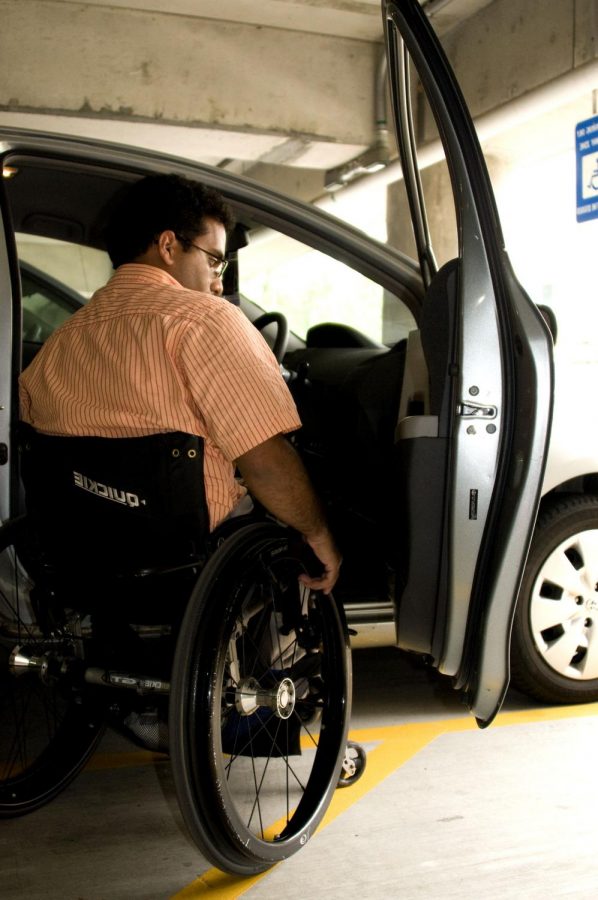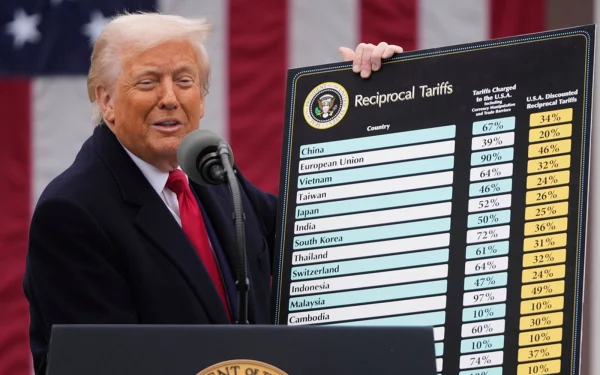Uber Under Attack
On November 10th, 2021, The Justice Department filed a lawsuit against Uber Technologies, Inc. for discriminating against those with disabilities. They sued the company, alleging that the firm discriminated against disabled passengers by charging them fees when they needed extra time to enter and exit vehicles.
Uber created a term that came into effect in 2016, stating that Uber employees should “compensate drivers who waited more than two minutes for a passenger to arrive,” as reported by The New York Times. These terms were made because drivers would often wait for the passenger to arrive without proper payment- meaning that they were unnecessarily wasting time without any purpose. Because of the new rule, customers now have a sense of urgency which lets the driver get to the destination faster. However, the terms never mentioned anything about how to handle disabled customers, leading drivers to give all customers the same treatment regardless of their hindrances.
The Americans With Disabilities Act is a federal law that bans transportation firms from discriminating against those with disabilities. This includes a scenario in which people with disabilities might take more time to get to the vehicle. For example, if a disabled passenger were to use a wheelchair to enter a vehicle, extra time would be added since the passenger also needs to fold and put the wheelchair away. Unknowingly going against the Americans With Disabilities Act, drivers would add to the wait time fee even though they knew their passenger was disabled.
However, this incident wasn’t uncalled for; Uber has past records of other types of discrimination that make the allegation more believable. At the end of last year, Uber was accused of bias when their rating system was exposed by customers.. “Uber has long known that relying on a system that depends on passenger evaluation of drivers is discriminatory,” claims Shannon Liss-Riordian, a driver attorney. She states this in a federal lawsuit that was filed in San Francisco. The file also continues to reveal how Uber would fire their employees based on the ratings given by customers. Although many think there isn’t enough evidence, there may be some truth behind it. A former Uber driver spoke up about this issue, addressing how he may have been previously fired primarily because of his race. As reported by NPR News, “Liu was fired after his average star rating fell below 4.6.” All this information was disclosed in the lawsuit. Liss-Riordian further states that “Uber’s use of this system to determine driver terminations constitutes race discrimination…Uber itself has recognized the racial bias of its own customers,”
Uber seems to be very open about how they pick their drivers. Uber.com claims that “the background check includes a Motor Vehicle Record (MVR) review as well as a criminal background check. There is no credit check involved.” A Motor Vehicle Record is a documentary of the driver’s driving history, and a credit check reveals information about a person’s credit and bill-paying habits in the past. The website continues to state “charges for those categories of crimes are also disqualifying, unless and until such charges are resolved in your favor.” Uber is shown to be lenient about those who have had done acts of injustice in the past, giving them a second chance if the issue was resolved. In a way, many suggest that Uber’s actions are acceptable because those who have just gone through tough times need a job. However, these results from these kinds of incidents are inevitable at one point or another.
Right before the pandemic struck, Uber has revealed that there were over 3,000 reports of sexual assault in the United States just that year (2019), according to the New York Times. Seeing that that is the amount “confirmed”, it means that it is only a part of many more incidents that go unreported. Uber as well as other transportation companies have now published many ways to stay safe on trips. Some tips include requesting a ride in a safe area, making sure to confirm your ride, riding with others when possible, telling friends and family members exactly where you’re going, and trusting your gut. With all those tips in mind, taking an Uber may be less vulnerable when having the utmost precaution.






